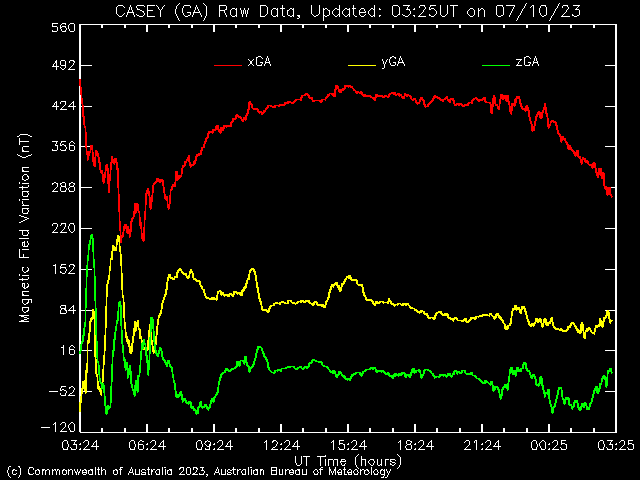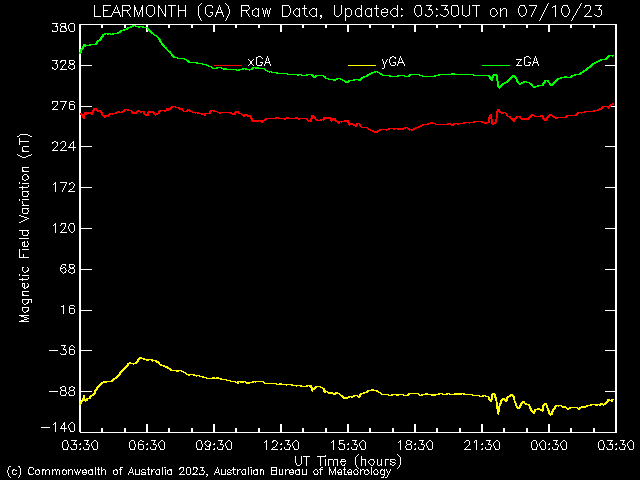What to expect from the current geomagnetic storm
When we think about weather, we tend to think about sunshine, clouds and rain. When we think about severe weather, we think about floods, heat waves, storms and cyclones. But as much as the particles inside the atmosphere have an impact on how we prepare for our day-to-day life; so do the particles outside our atmosphere.
Space weather is a subset topic of atmospheric science that looks at the external influences on the atmosphere from space which may impact our daily lives. Space weather focuses on what the sun is currently doing and how it may affect the outer layers of the atmosphere such as the magnetosphere and the ionosphere.
On the 5th of October the Bureau of Meteorology released a G1 geomagnetic warning for the 6th and 7th of October, which is currently still active. On the 3rd of October, a plume of hot solar matter was expelled from the sun’s interior to the sun’s visible surface; where the plume was facing Earth. This resulted in high-speed solar particles being accelerated towards the Earth’s atmosphere, in a solar event known as coronal mass ejection (or a CME).
CME particles typically take between 12 hours and 3 days to reach the Earth’s atmosphere, where they pass their energy to our magnetosphere and interfere with much of our technology. This interaction between the CME particles and the magnetosphere is a type of geomagnetic storm. Some impacts of geomagnetic storms include interfering with satellite imagery, making GPS’s less accurate and disturbing our electric grids. Major events in the past have resulted in power outages over numerous countries for 11 consecutive hours, or the loss of navigation over a large area.
The severity of a geomagnetic storms is rated between 1-5, with 5 being the highest severity. The current G1 event is not expected to cause too much grief. It will likely result in minor power fluctuations in our grid, but is unlikely to affect our GPS systems. In the natural world, a G1 event will likely affect birds migrating between hemispheres to escape the northern winter.
The disturbances in the Earth’s magnet field due to this solar event can be seen in the plots of the change in Earth’s magnetism at Casey, Antarctica (Fig.1) and Learmonth, WA (Fig.2) at 6:24 UTC (or at 5:24pm Eastern).

Fig. 1) [Left] A timeseries of the two horizontal and vertical components of the Earth’s magnetic field at Casey, ANT for the past 24hrs. [Source: Bureau of Meteorology]

Fig. 2) A timeseries of the two horizontal and vertical components of the Earth’s magnetic field at Learmonth, WA for the past 24hrs. [Source: Bureau of Meteorology]
The extra energy added into the magnetosphere is not static and typically moves along the Earth’s magnetic field. So, although they appear momentarily in Fig 1., the effects of this G1 event are likely to last from hours to days around the global until the energy discrepancy is virtually neutralised as it is used by different natural and technological systems across the globe.